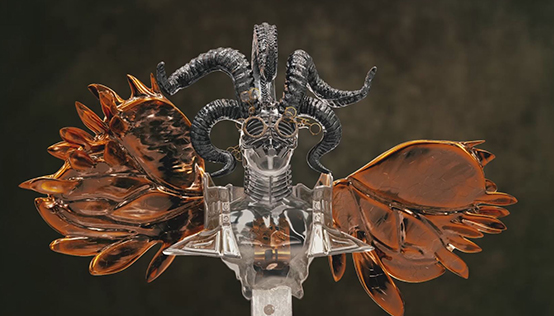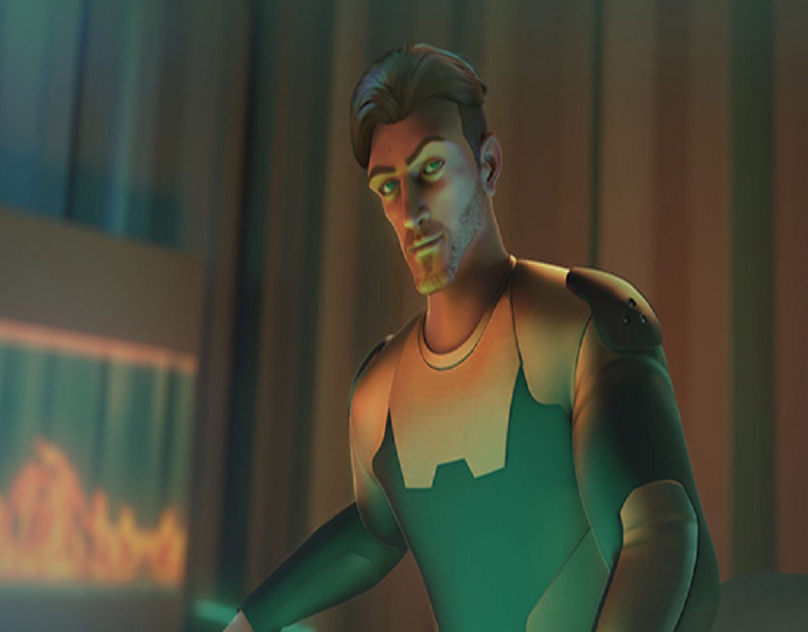Animated video production is a complex and creative process that involves bringing stories and characters to life through the use of computer animation techniques. It is a form of visual storytelling that has gained immense popularity in recent years due to its ability to captivate audiences of all ages and convey complex messages in a visually appealing manner.

The first step in animated video production is developing a concept and a script. This involves brainstorming ideas, creating characters, and writing a storyline that will engage the audience. It is important to have a clear vision of what the video will achieve and the message it will convey before moving on to the next step in the production process.
Once the concept and script are finalized, the next step is storyboarding. Storyboarding is the process of creating a visual representation of the script, scene by scene. It helps in planning the composition, camera angles, and transitions, giving a rough idea of how the final video will look. Storyboarding also helps in identifying any potential issues or challenges that may arise during production.
After storyboarding, the next step is creating the actual animation. This involves using various software programs to bring the characters and scenes to life. Animators use techniques such as 2D or 3D animation, character rigging, and motion graphics to create movement and visual effects. This stage requires a high level of technical skill and attention to detail, as every frame needs to be carefully crafted to ensure a smooth and visually appealing final product.
Once the animation is complete, the video goes into the post-production stage. This includes adding sound effects, music, and voiceovers, as well as editing and refining the animation. Sound effects and music contribute to the overall atmosphere and mood of the video, while voiceovers bring the characters to life and help deliver the intended message.
Finally, the completed animated video is ready for distribution. This can be done through various channels, including online platforms, television, and film festivals. In recent years, the rise of social media has made it easier to share animated videos with a wide audience, allowing for greater exposure and impact.
In conclusion, animated video production is a complex and creative process that involves developing a concept, storyboarding, animating, and post-production. It is an effective medium for visual storytelling, allowing for the creation of captivating videos that convey complex messages in a visually appealing manner. With the advancements in technology and the increasing demand for visual content, animated video production is likely to continue to grow in popularity and become an integral part of the entertainment industry.





Comments